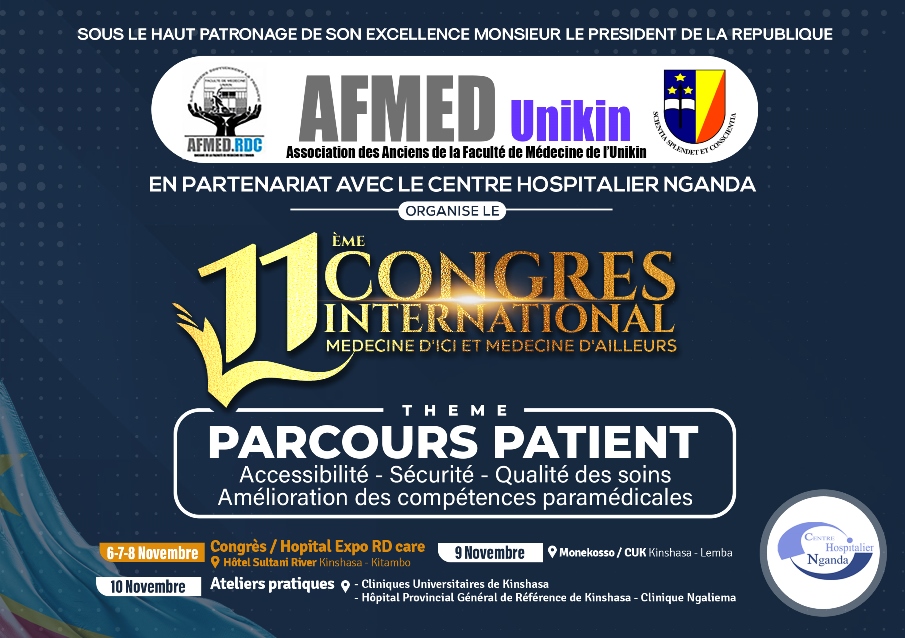Validity of simple clinical and biological parameters as screening tool for sickle cell anemia for referral to tertiary center in highly resource constraints
Bertin Tshimanga Kadima, Jean Lambert Gini-Ehungu, Fiston Ikwa Ndol Mbutiwi, John Tunda Bahati, Michel Ntetani Aloni
Abstract
Background
In the Democratic Republic of Congo, the incidence of sickle cell anemia (SCA) is estimated around 40 000 neonates per year. However, it is notoriously difficult to perform conventional electrophoresis in all hospitals and laboratories, especially at peripheral levels and rural area. A panel of multiple clinical and laboratory features that would enhance sickle cell disease were assessed for the detection of the disease in highly resource-scarce settings.
Methods
A prospective study was conducted in Kinshasa. Venous blood samples were drawn from each study participant in order to determine the hematologic parameters, the peripheral smears, and the hemoglobin electrophoresis. We used Cohen’s κ statistic to examine the agreement of each variable and diagnosis of sickle cell disease.
Results
A total of 807 patients were screened for sickle cell disease. Among these 807 children, 36 (4.5%) were homozygous for Hb S disease. The presence of at least 8% erythroblasts (PPV: 91%, NPV: 99%, sensitivity: 83.3%, specificity: 99.6%, κ value: .86) and sickle cells (PPV:100%, NPV: 98%, sensitivity: 50%, specificity: 100%, κ value: .66) in the peripheral blood smear had an acceptable agreement for sickle cell disease.
Conclusion
These two biological markers may guide the clinician in the decision-making to initiate the management of the children as a sickle cell patient, pending confirmation of the disease by electrophoresis techniques.









